SUMMARY
This is AI generated summarization, which may have errors. For context, always refer to the full article.
MANILA, Philippines – Every day last May, my cousin from Manila would wake up early, leave our home in Tiwi, Albay, and not return until noon. This routine went on for about two weeks. What he exactly did during those hours I didn’t know, until he showed me pictures of my hometown.
Some looked familiar to me, while others — the most scenic ones — were landscapes and seascapes I had never seen before. Then it dawned on me that my cousin had been exploring every nook of my hometown by foot.
While I could not tell detailed stories of his daily sojourn, I can share insights I learned from his travels on the benefits of wandering.
1. Wandering allows you complete freedom
You can choose to feed your curiosity and satisfy your desires at the moment and indulge because you are responsible for no one but yourself.
The food you choose to sample, the alleys and streets you cross and the time you spend in places where your wandering feet take you are your prerogatives.
2. Wandering allows you to challenge yourself
Whether you choose to wander old neighborhoods of some exotic locale or walk through the wilderness, every decision you make is yours and yours alone.
You have no one to rely on but yourself when you wander. Even when you make wrong turns, no one can hold it against you.
Wandering makes you feel comfortable and confident with your decision-making, especially since all you have to trust is your own sense of self-belief and gut feeling.
3. Wandering heightens awareness and physical activity
Outdoor settings demand activity, not passivity.
Exploring nature intensifies the need to take action and to keep moving, all while observing and sensing the energy of the surroundings, including obstacles and boundaries.
Through mapping and exploration, you learn to process the information that nature presents before you, while the quiet surroundings allow you to get better acquainted with your thoughts and feelings.
Activities like these represent both physical and spiritual journeys.
4. Wandering gives you a natural high
Open and natural spaces take wanderers into a journey of fun, adventure and (self) discovery.
Natural environments possess a subtle kind of magnetism. Yield to it and it will reveal treasures that please and soothe the senses.
5. Wandering allows you to ‘see’ locals
Locals tend to be aloof especially when they know that you are a tourist. They’ll be nice to you, but you can easily sense a hint of reservation in the way they deal with you.
Besides, tourism agencies rarely showcase people as a primary tourist attraction.
You really have to wander and roam the streets and “ordinary” places to see how charming their smiles are when unguarded, how touching their kindness could get especially when no one is looking, or how achingly frustrating their plights could be knowing all you could do is observe.
6. Wandering is practical
Wandering requires you to move from one place to another on foot.
You won’t spend money on gas or transportation because vehicles cannot access secluded places. While there are instances when you have to use one, those instances will require you to spend just a few bucks.
Precautions
1. Tell someone where you are going. If you are not familiar with the place and you have no company, tell someone you trust where you are going and what time you’ll go there. Inform that person, too, when you’ve come back safely.
2. Don’t be afraid to ask strangers, but make sure to trust your gut feeling.
3. Know your limitations. Both physical obstacles and physiological shortcomings can prevent you from doing certain outdoor activities. Acknowledge them for your safety.
4. Know the local emergency numbers.
5. Avoid wearing flashy and revealing clothes.
Here are some of the photos my cousin took:
– Rappler.com

Mavic Conde is a web content writer based in Bicol. She travels to tell stories about the joys of journeying, interesting cultures and places, and unique personalities. Recently, she joined Bicolandia magazine, a local publication that aims to promote tourism in Bicol.
Add a comment
How does this make you feel?
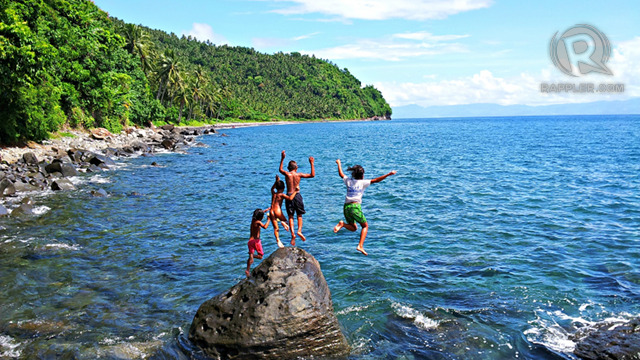
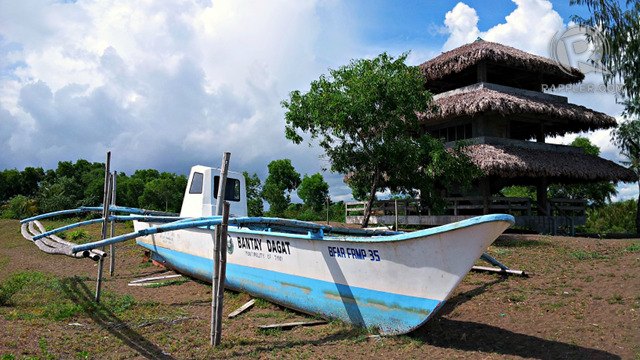
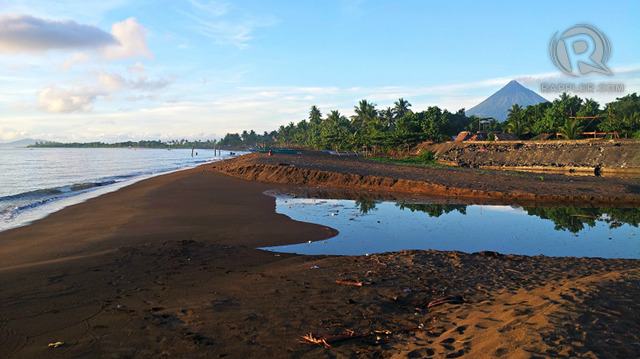


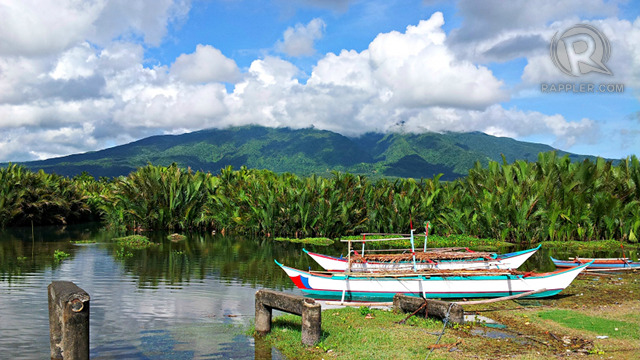
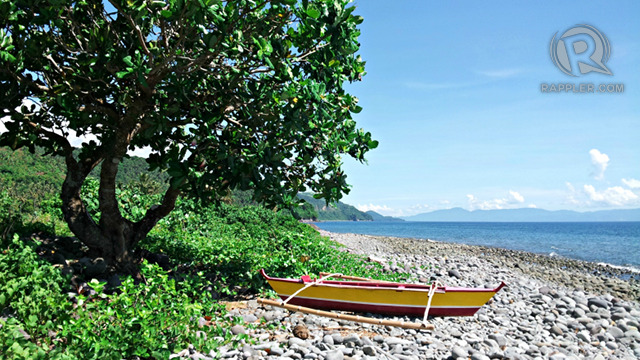

There are no comments yet. Add your comment to start the conversation.